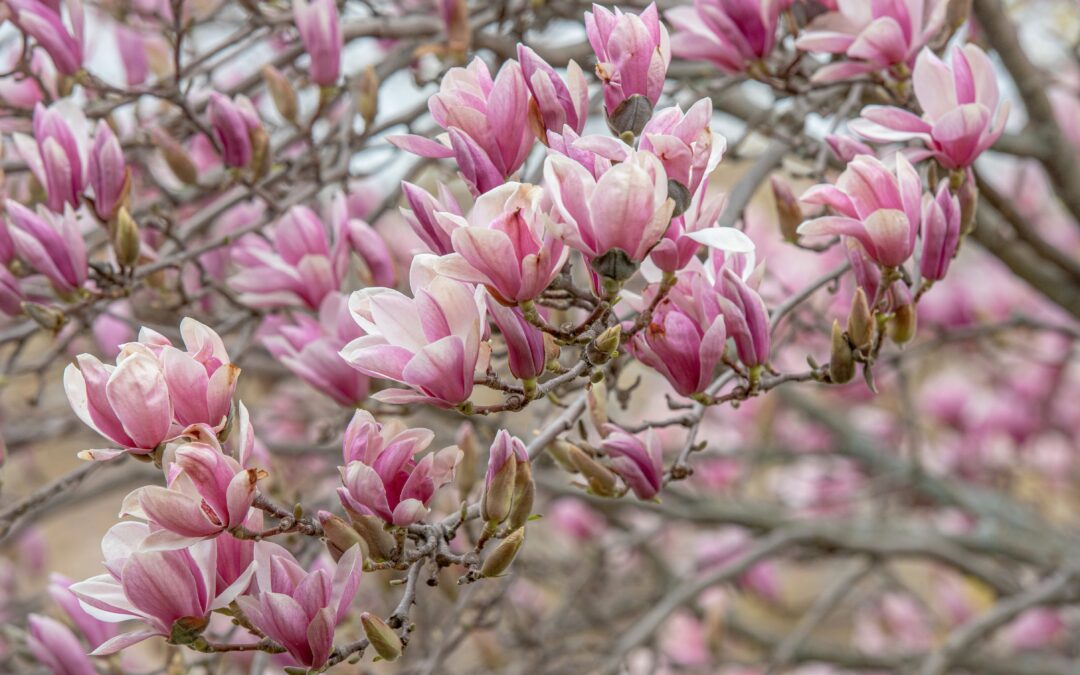Magnolia trees are popular for their lush foliage and stunning flowers in Southern landscapes. If you’re looking to add a magnolia tree to your yard or want to know more about a magnolia you have, this guide can help.
Different Types of Magnolias
Magnolia species differ in flower color and growth habits. Some are evergreen and make dense hedges, while others are deciduous and lose their leaves in autumn. Magnolias flower from late winter to early autumn, with most blooming in late spring and early summer. Colors include white, pale pink, lavender, deep purple, orange, and greenish yellow. Magnolias can be planted as specimen trees, shrubbery, or garden focal points.
Adaptable to Different Conditions
Magnolia trees can grow in full sun, part shade, or dense shade, and prefer well-drained soil on the acidic side. The type of magnolia you choose will depend on your growing conditions. For example, the showy sweet bay magnolia is a good choice for wet soil.
Suitable for Large and Small Yards
When choosing a magnolia, consider the mature size. A large magnolia works well as a focal point in a large lawn, while a smaller one looks great near a walkway or in a landscaped bed. The Southern magnolia, or Magnolia grandiflora, is the grand lady of magnolias and is evergreen, reaching up to 80 feet tall. Deciduous magnolias are often smaller and come in various sizes, including Sargent and Sprenger, and the star magnolia.
Maintenance Required for Larger Magnolias
Bigger magnolias, like the Southern magnolia, can drop leaves and seed pods all year round, so regular maintenance is needed to remove the debris. Take caution when working around magnolias, as their trunks and roots can be easily damaged. Pruning, if necessary, should be done immediately after blooming to avoid fewer blooms the following spring.
For assistance with planting, pruning, or caring for your magnolia tree, contact R & R Tree and Landscaping. They offer low-impact tree work services in the Greater Atlanta area.

